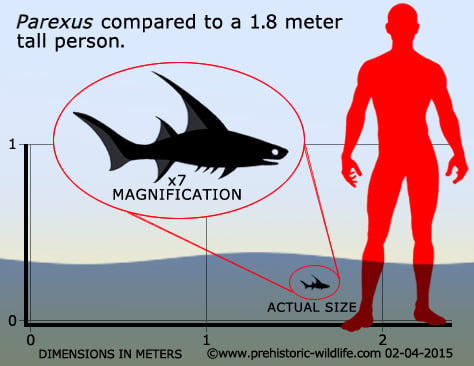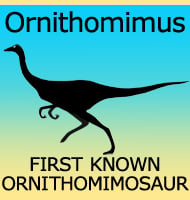In Depth
Parexus is a genus of acanthodian (often dubbed spiny shark) fish that lived in the waters of what is now Scotland during the early Devonian. Acanthodian fish are noted for their large spines which may have initially developed for defence against the mouths and throats of larger predators. However, some of these spines are so large and oddly formed that they may well have served a display function to allow an individual to recognise others of its own species. The key feature of Parexus is the incredibly enlarged spine that rises up in front of the first dorsal fin.
Further Reading
- Redescription of Parexus recurvus, an Early Devonian acanthodian from the Midland Valley of Scotland. - Alcheringa: An Australasian Journal of Palaeontology - Carole J. Burrow, Michael J. Newman, Robert G. Davidson and Jan L. den Blaauwen - 2013.










